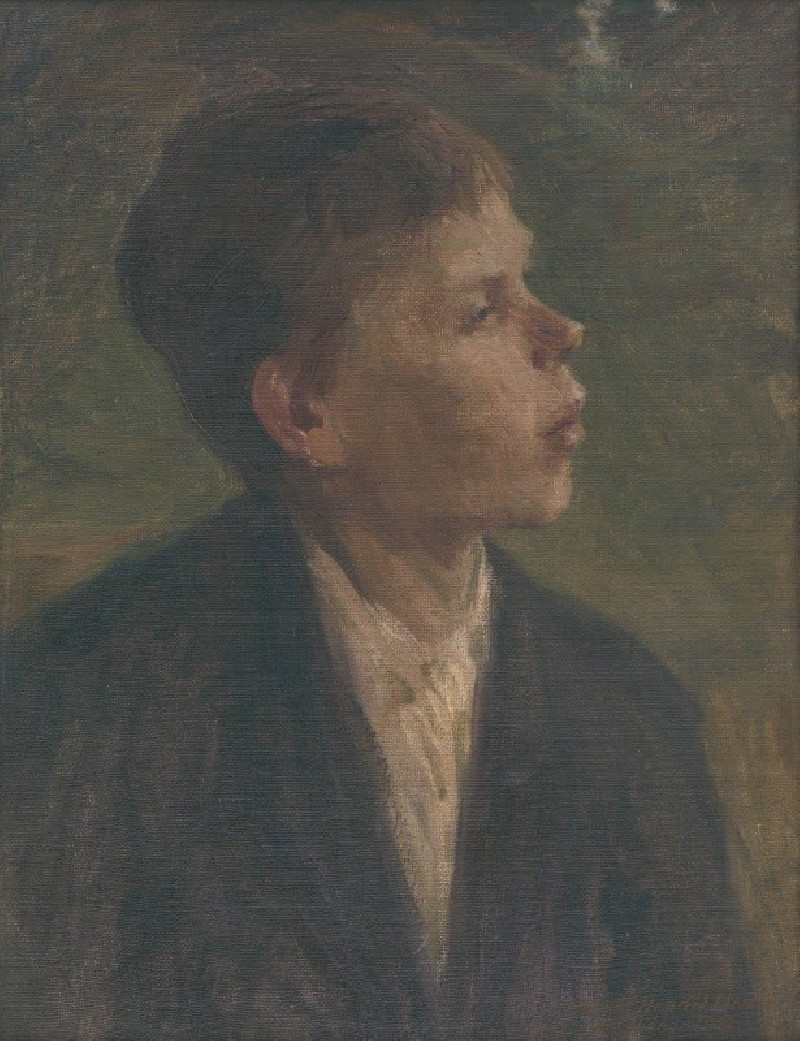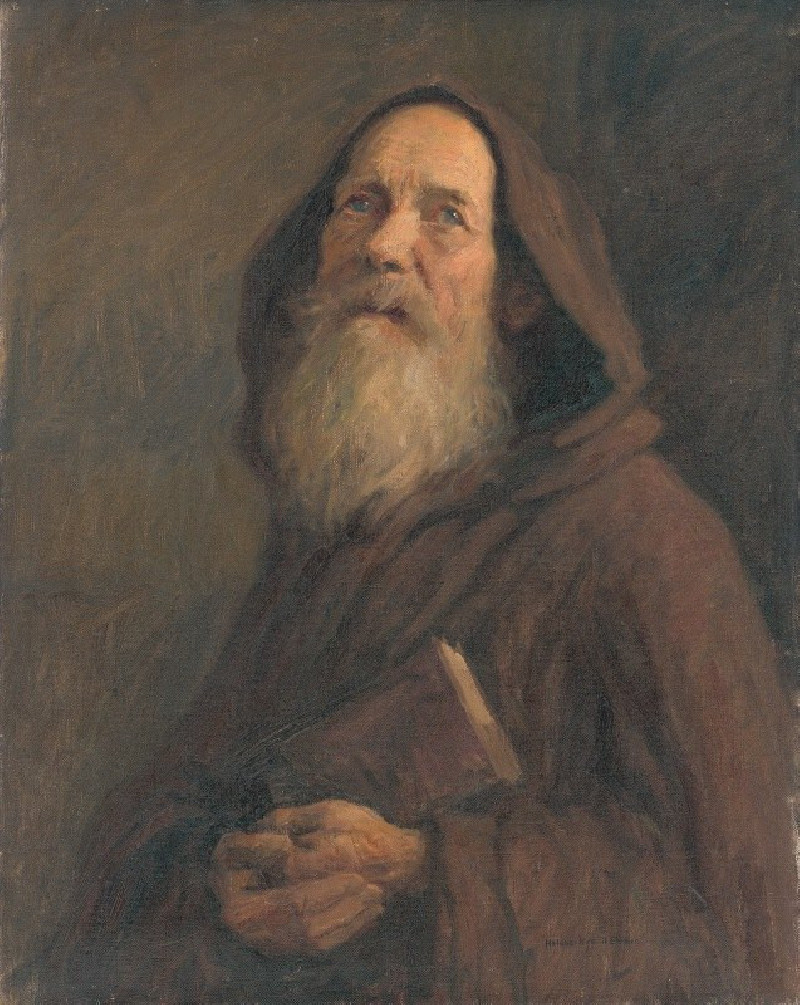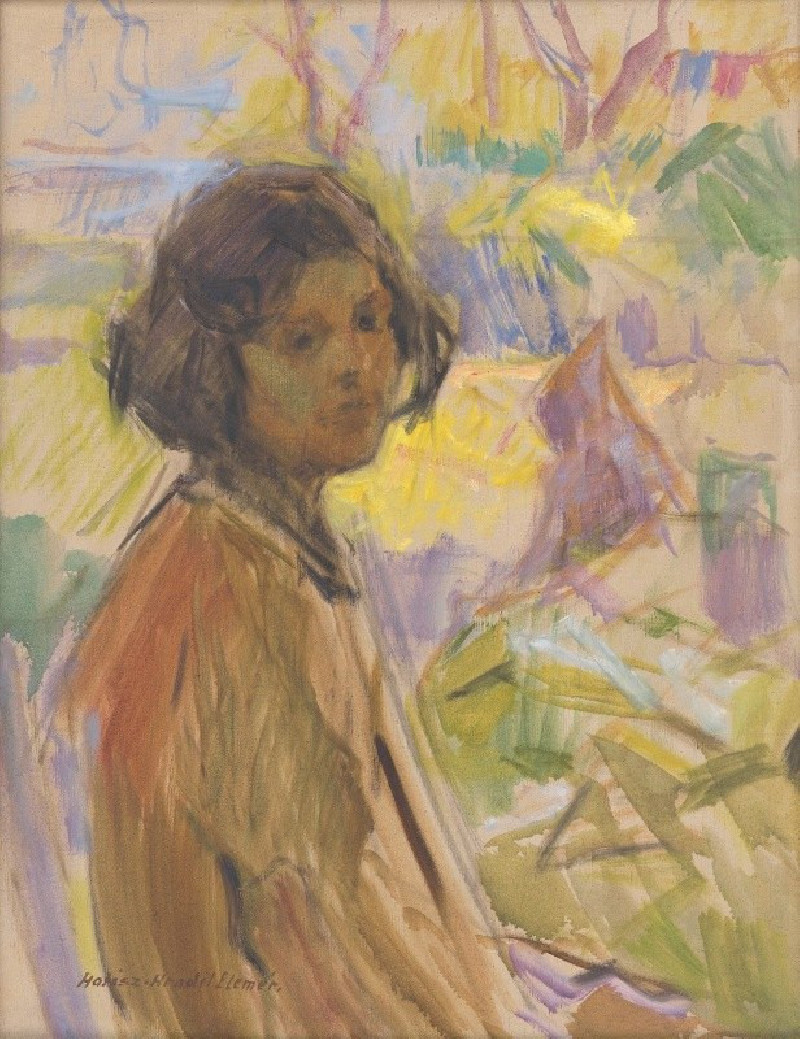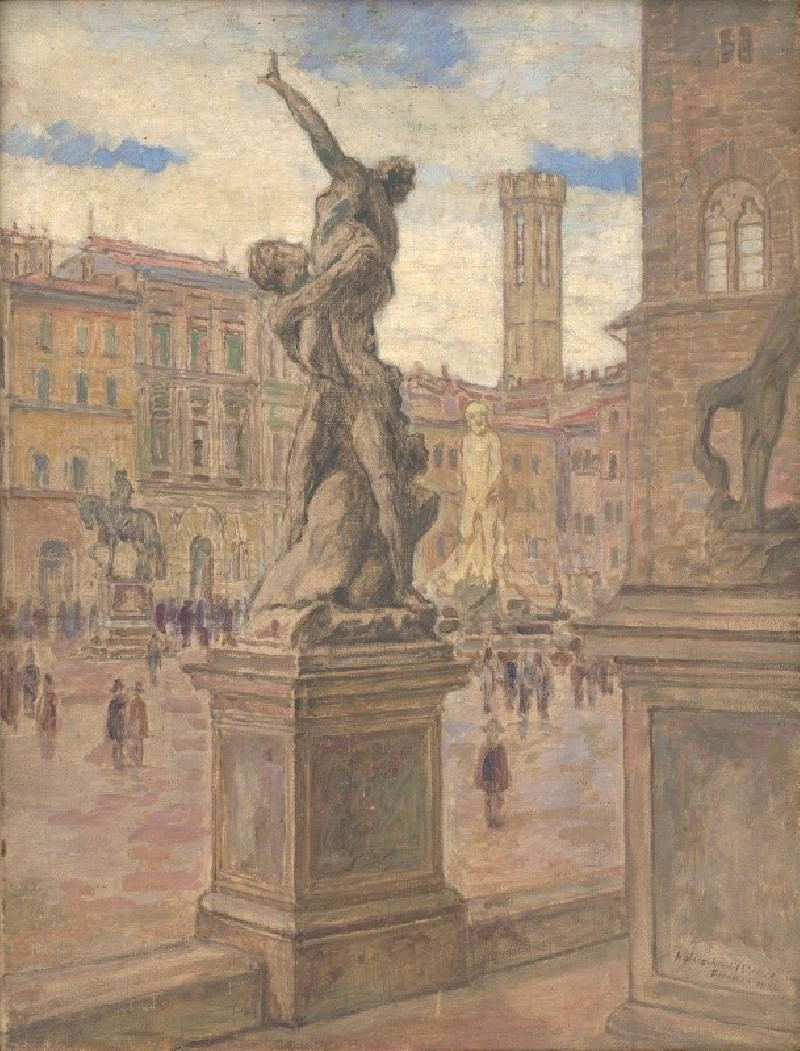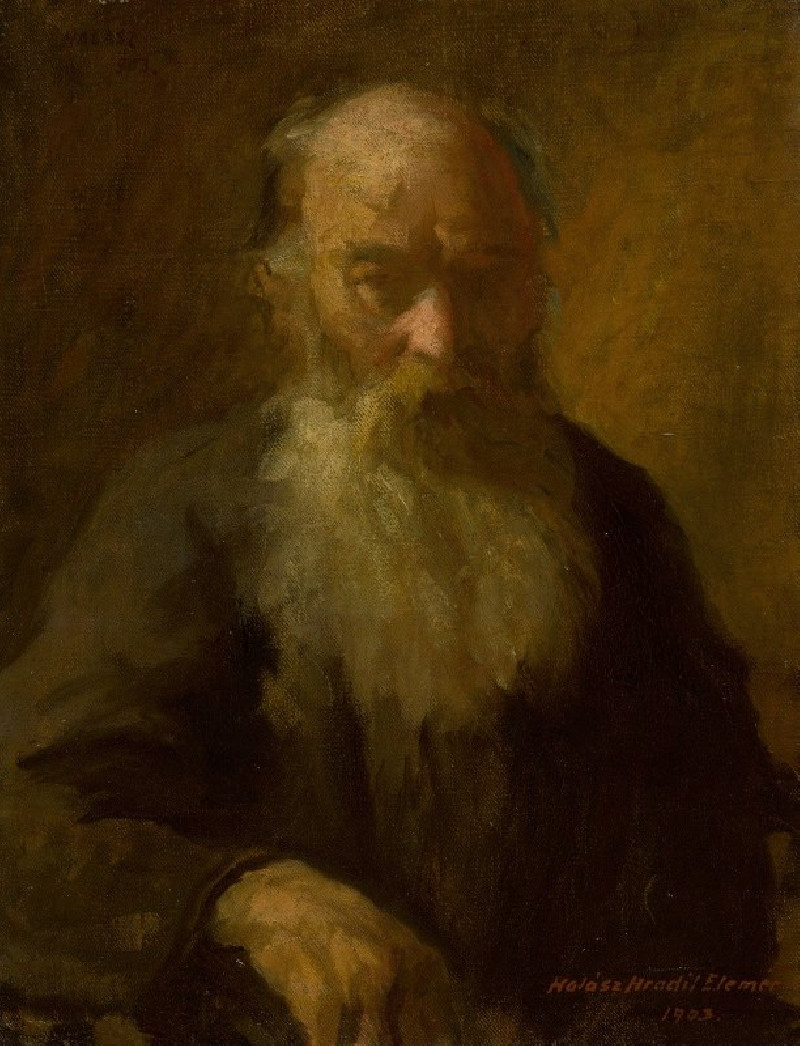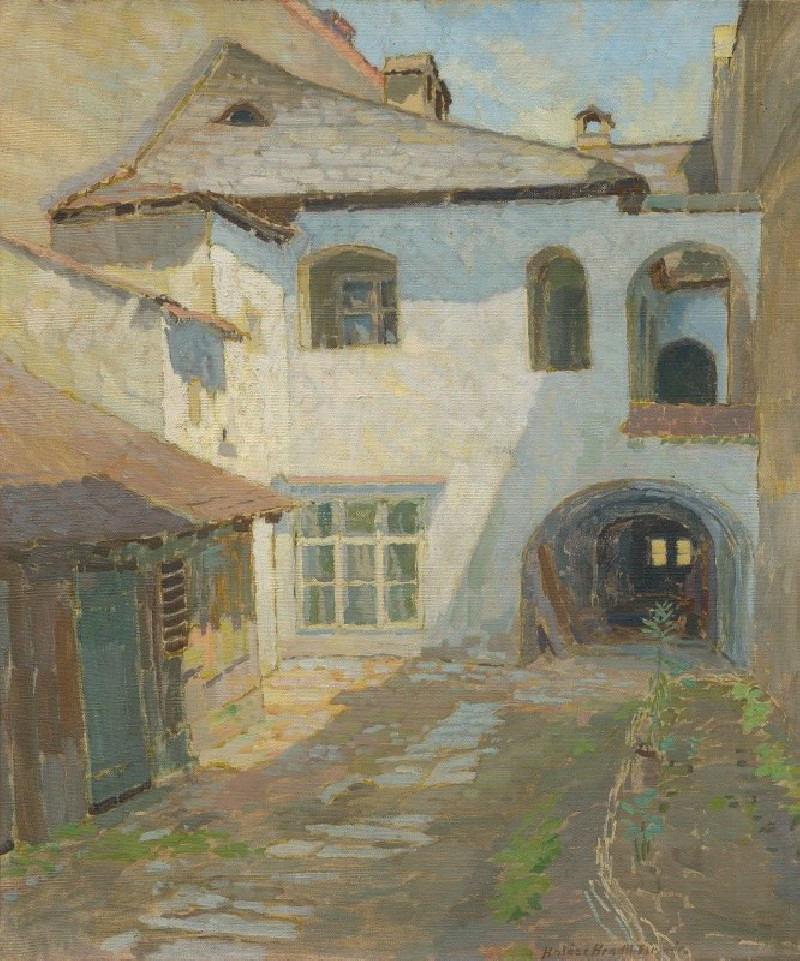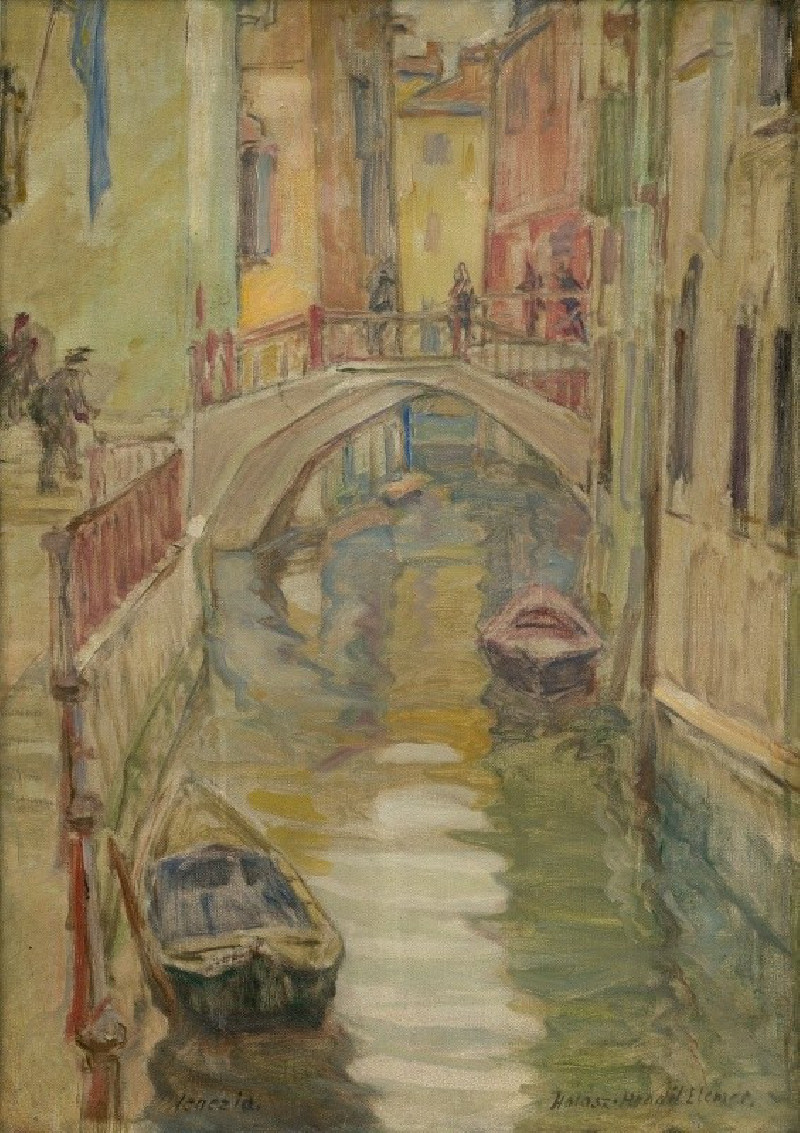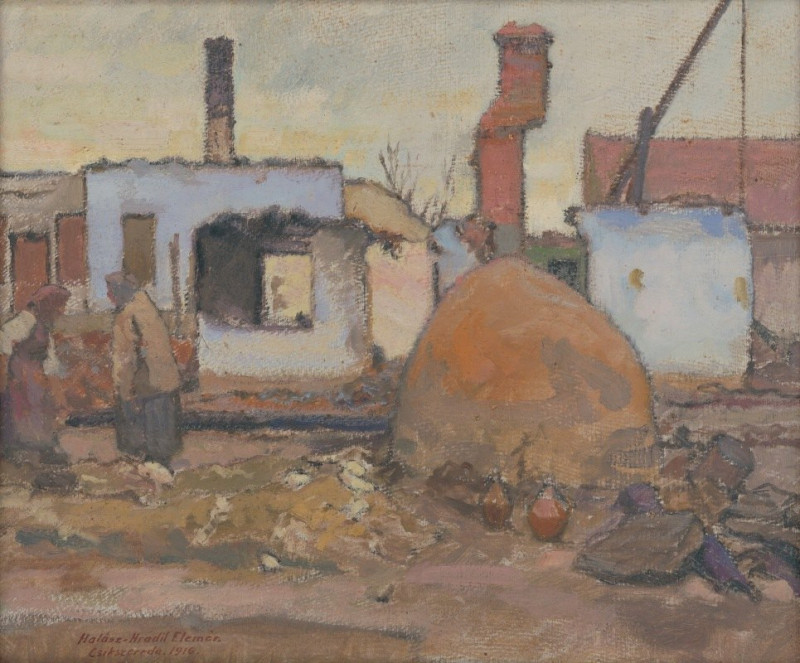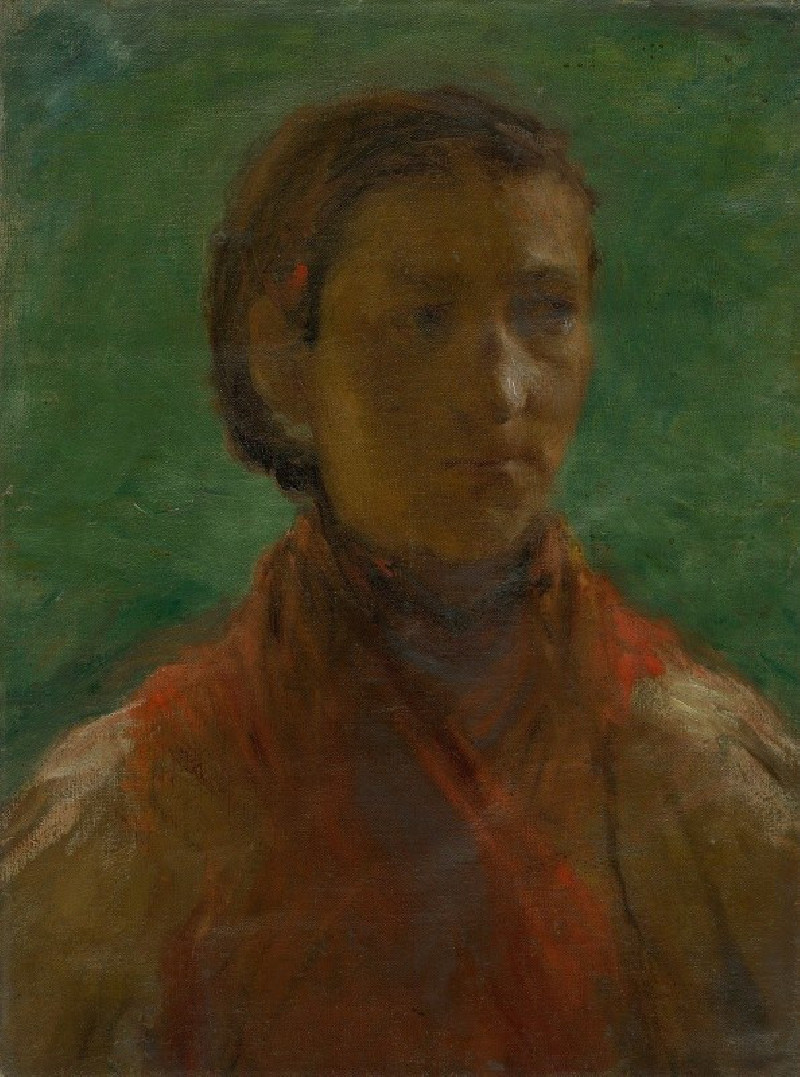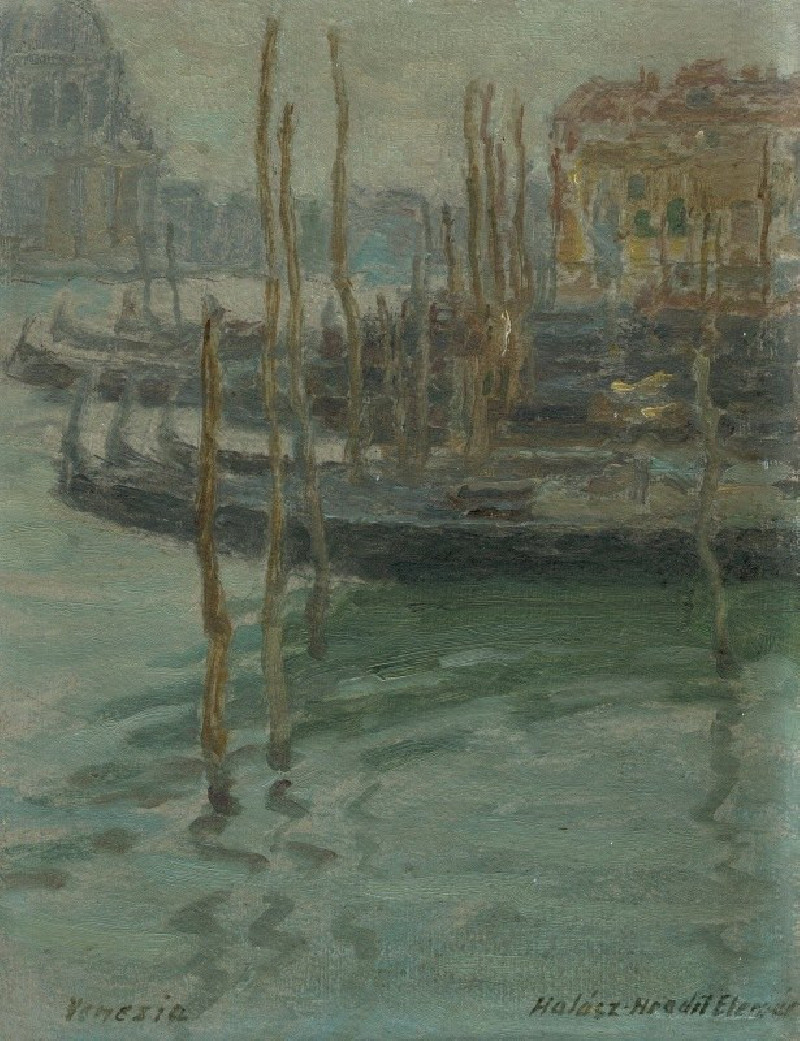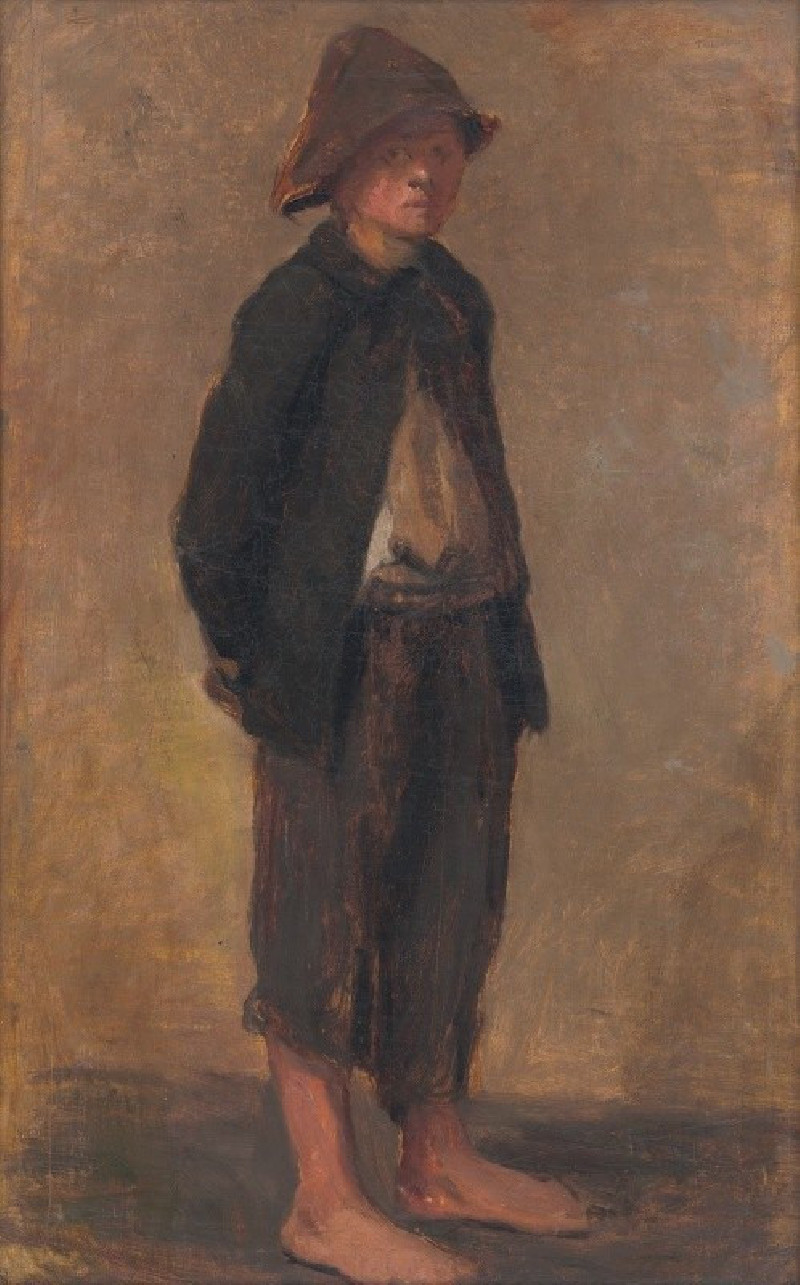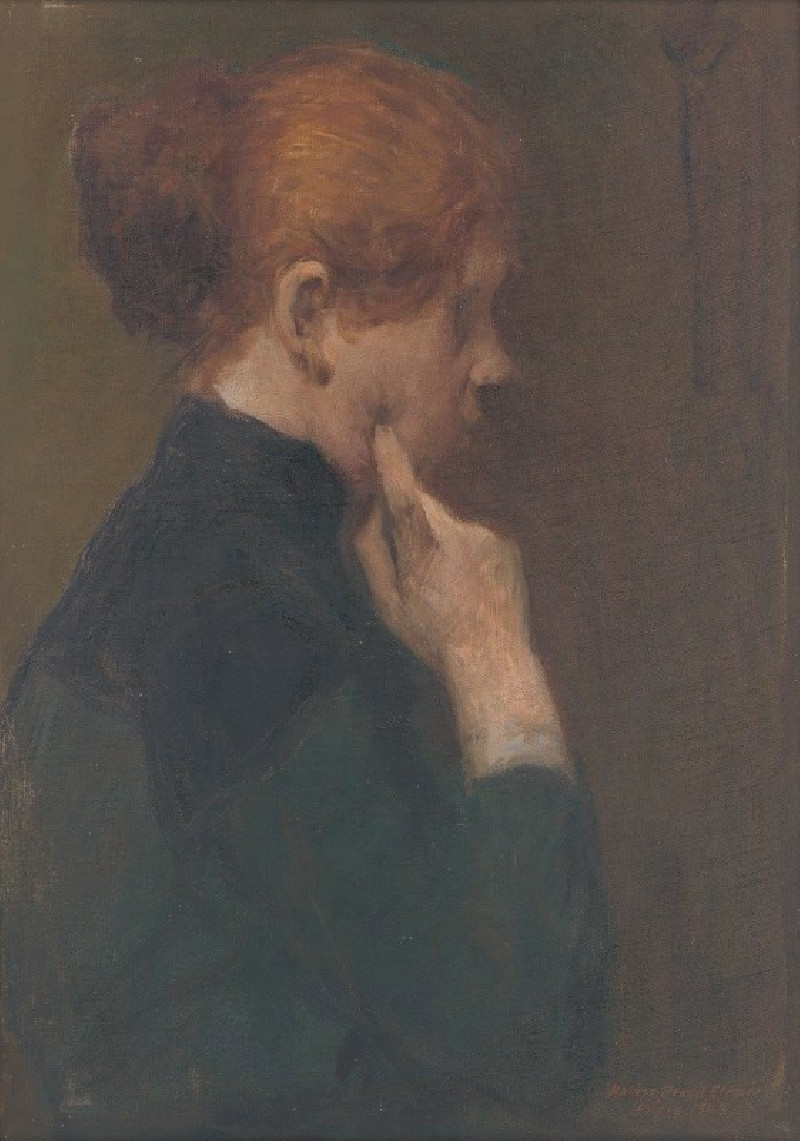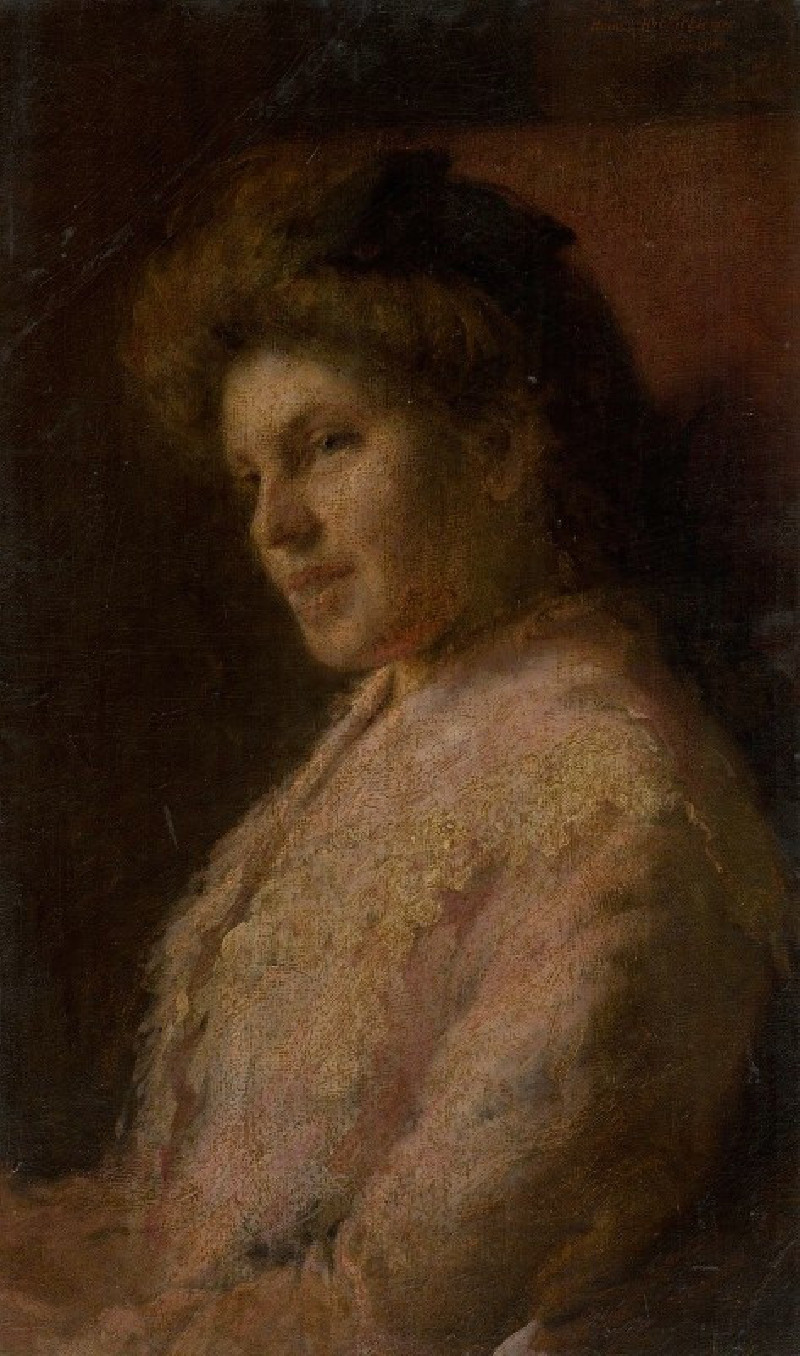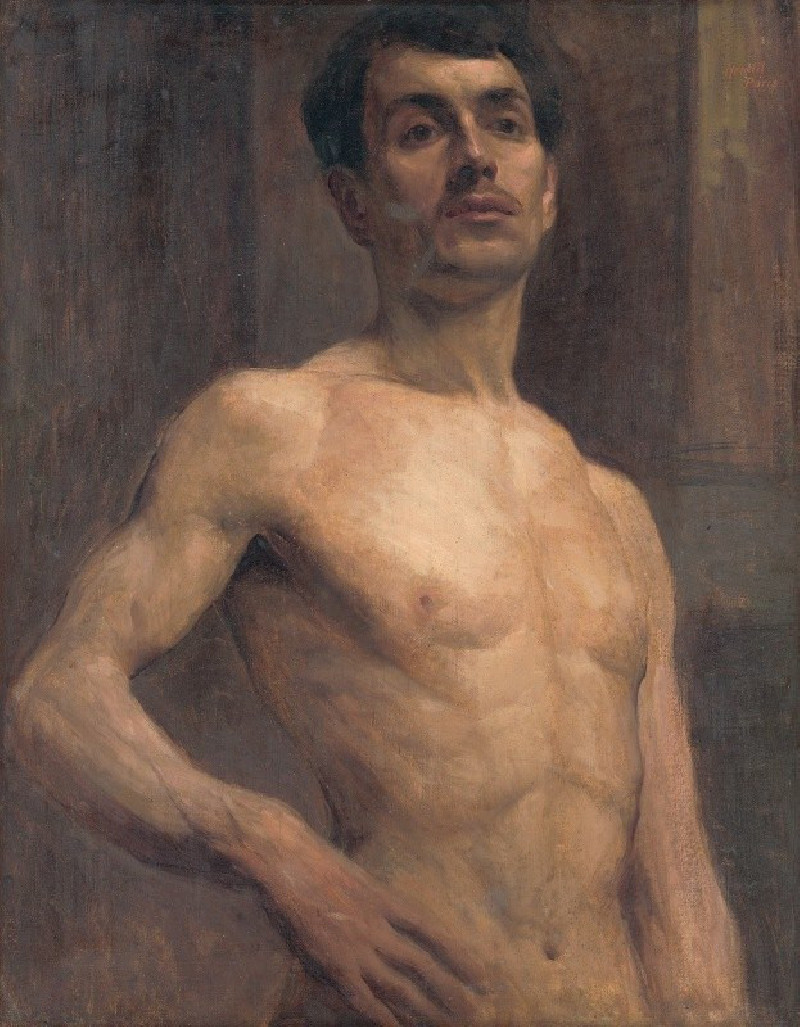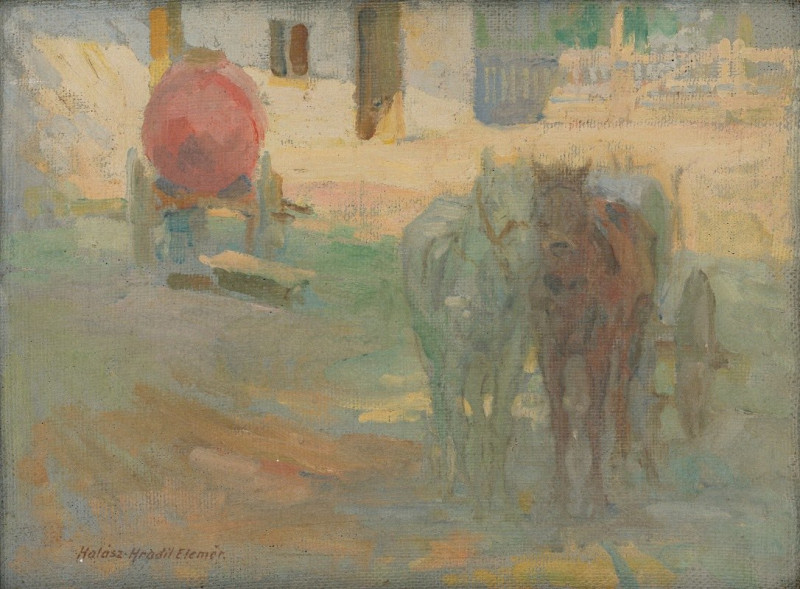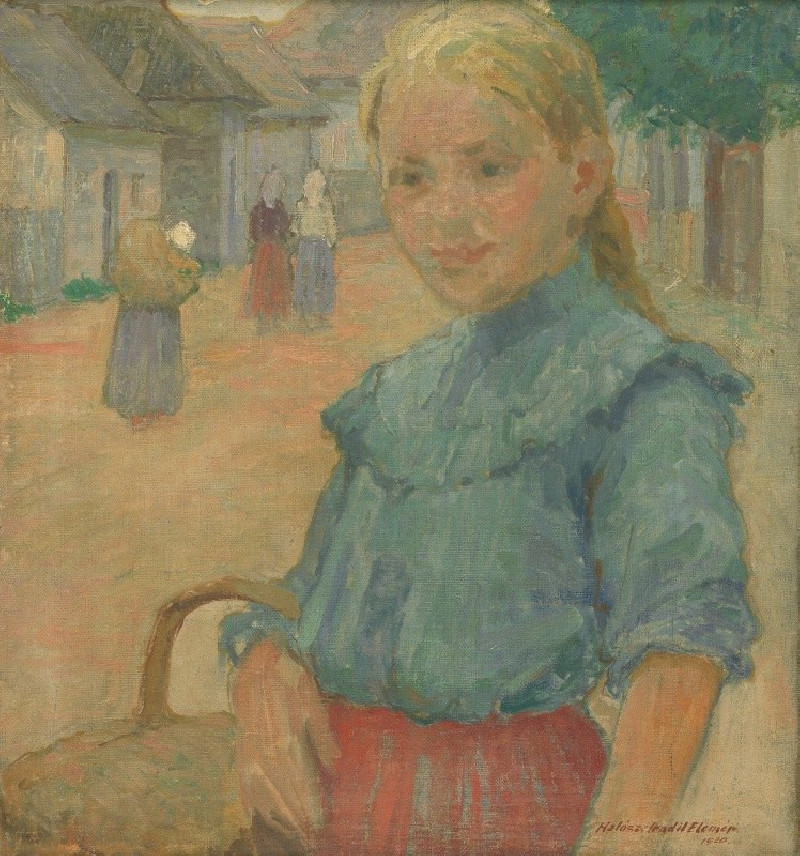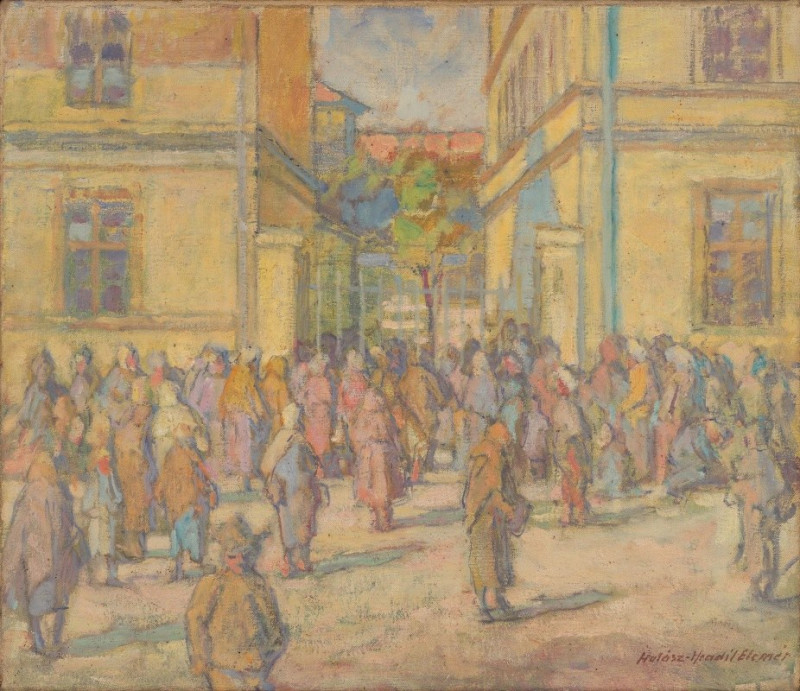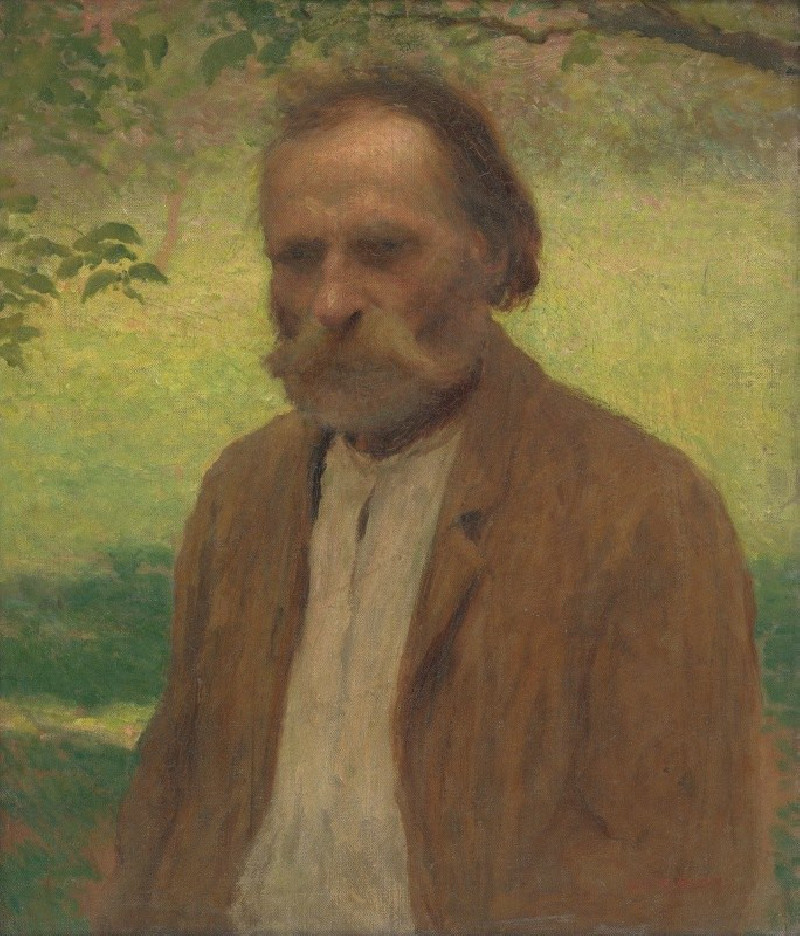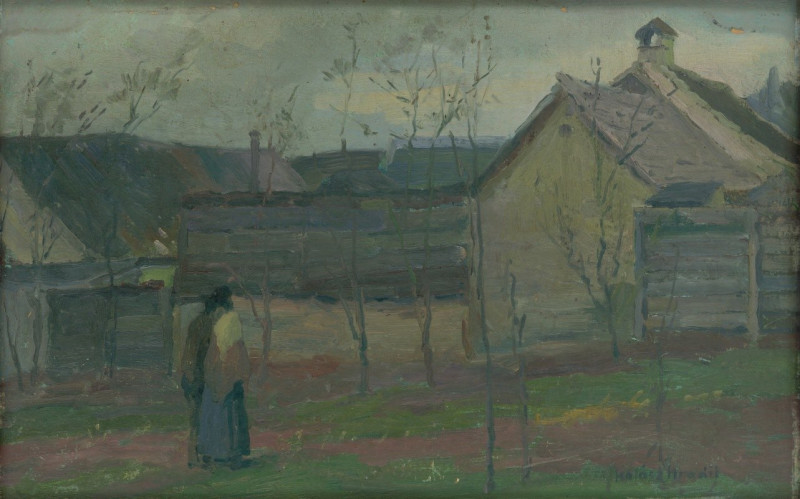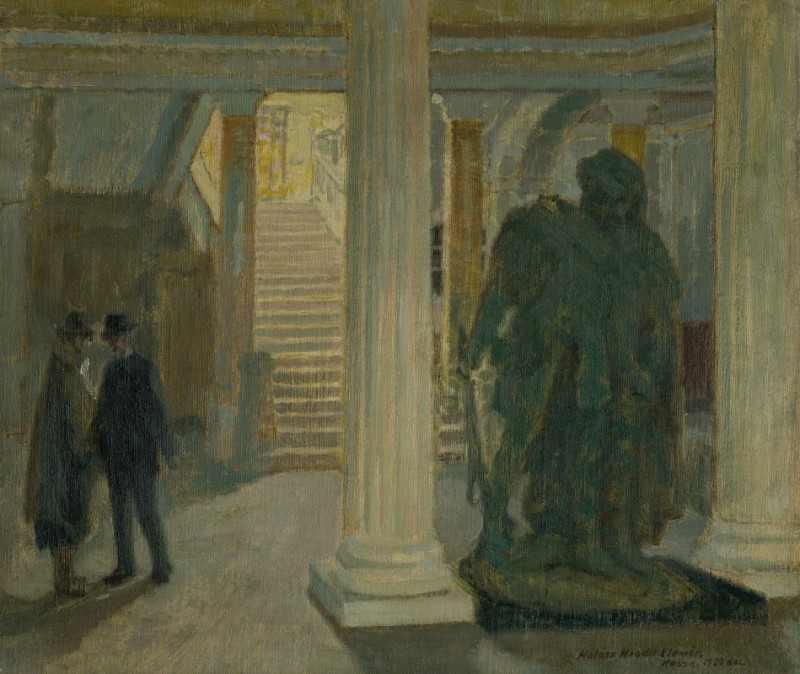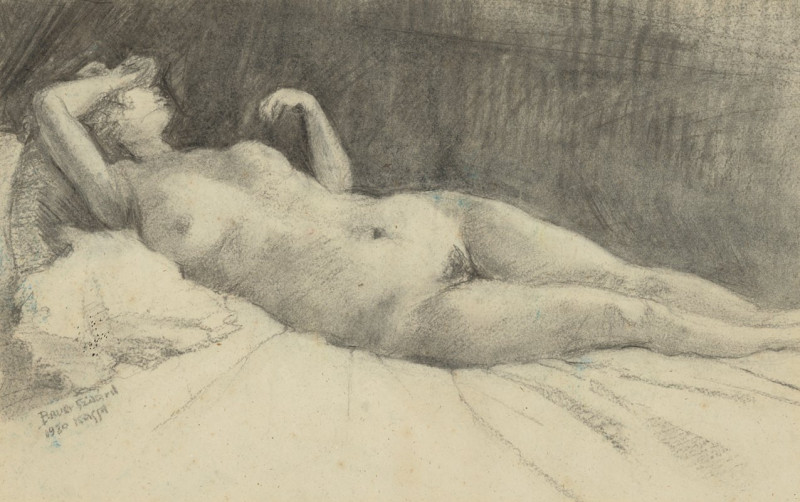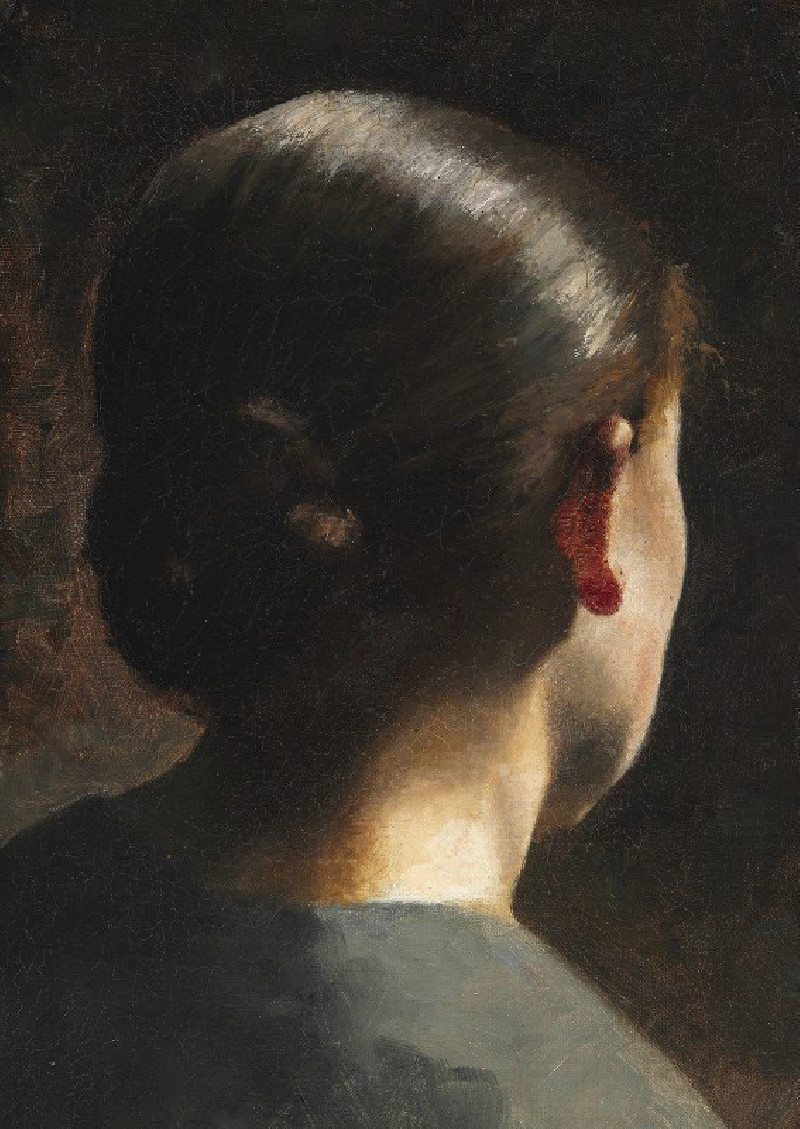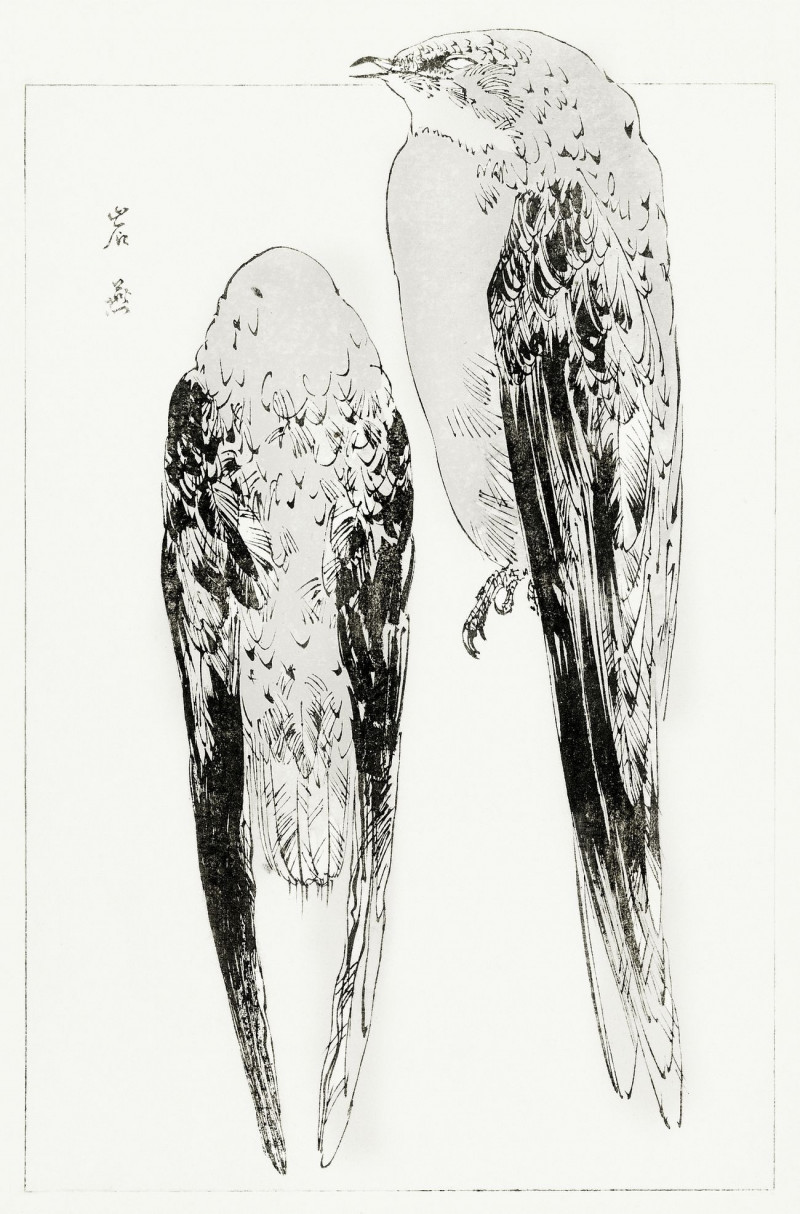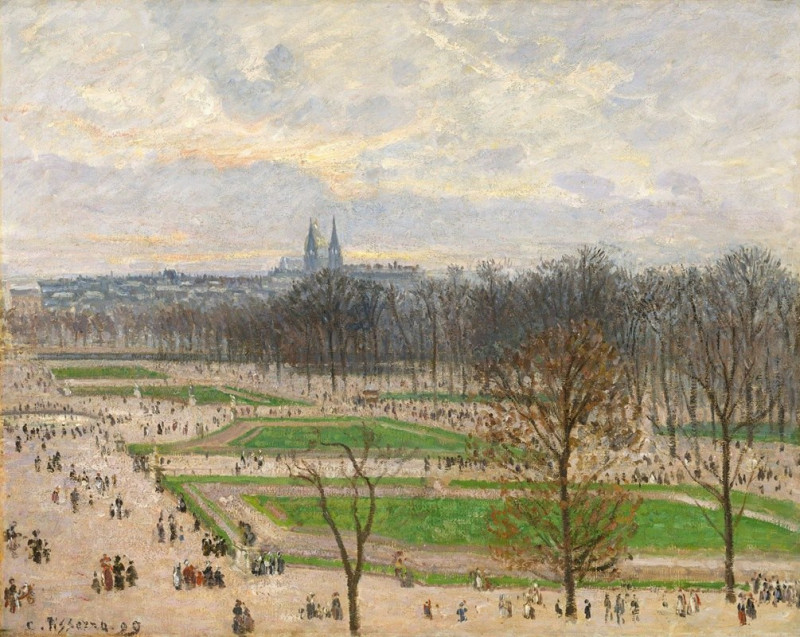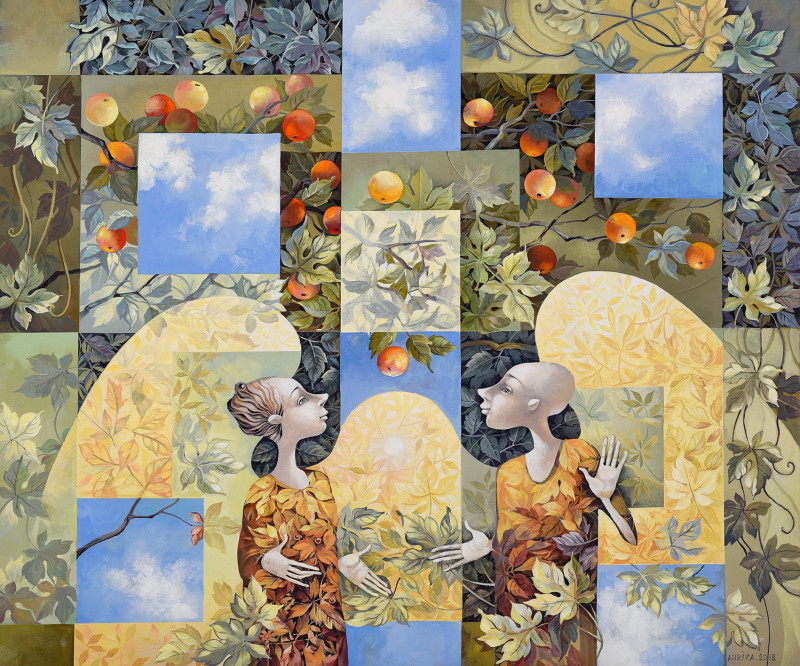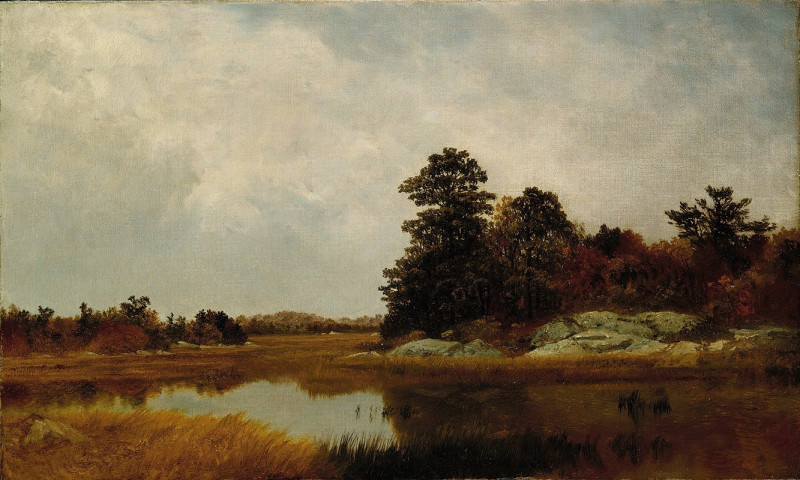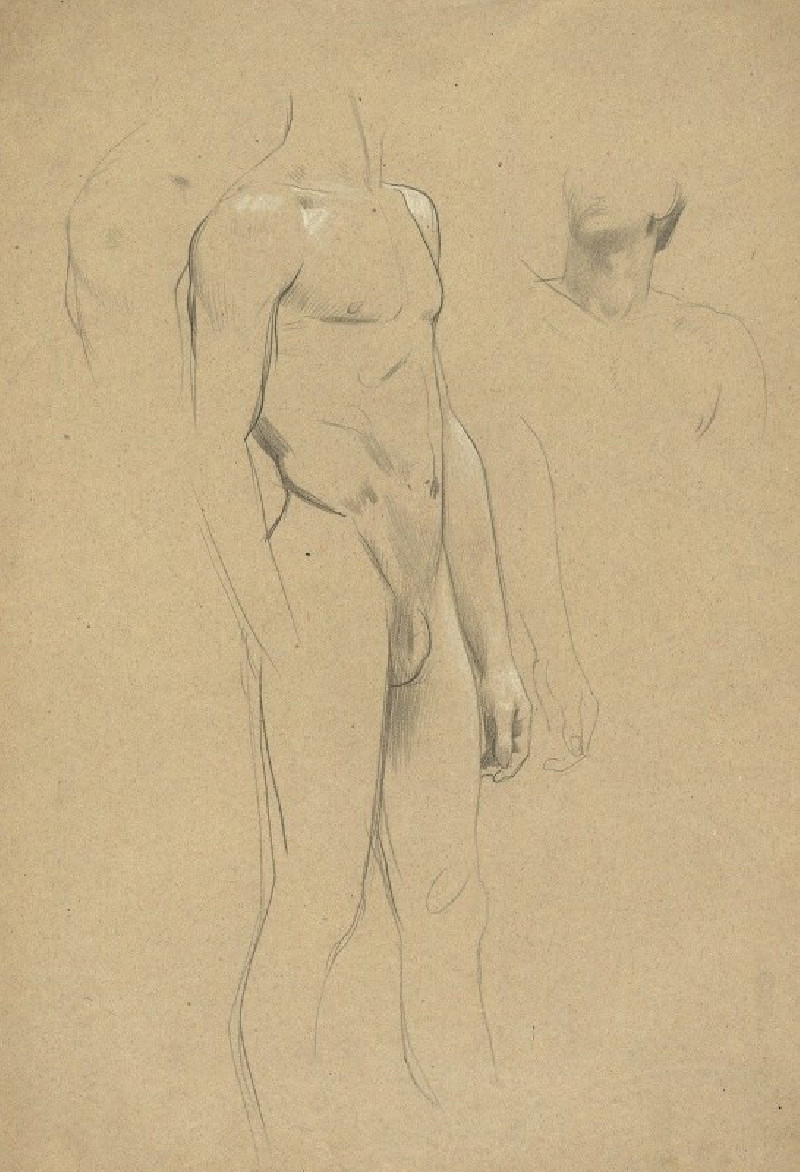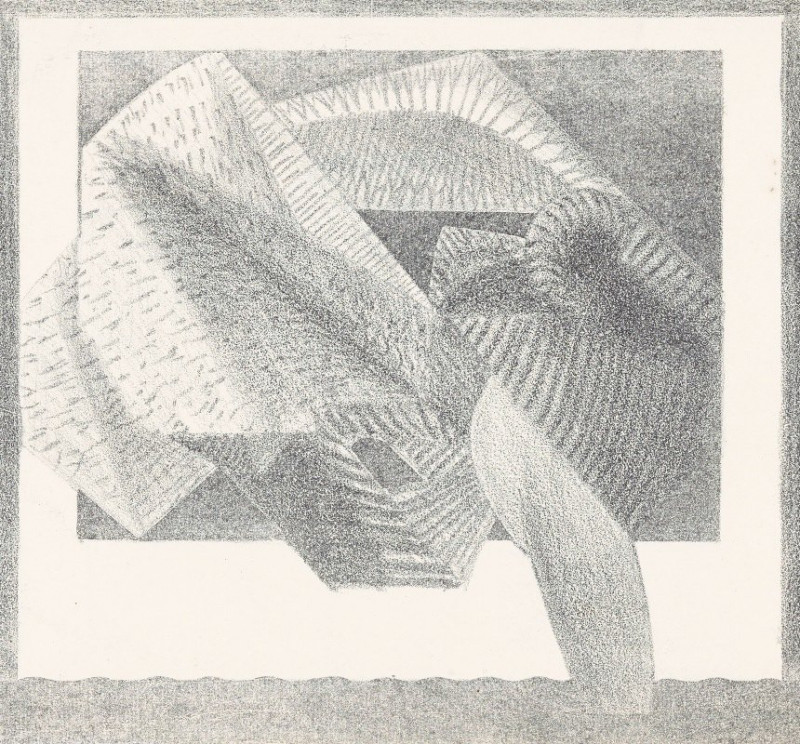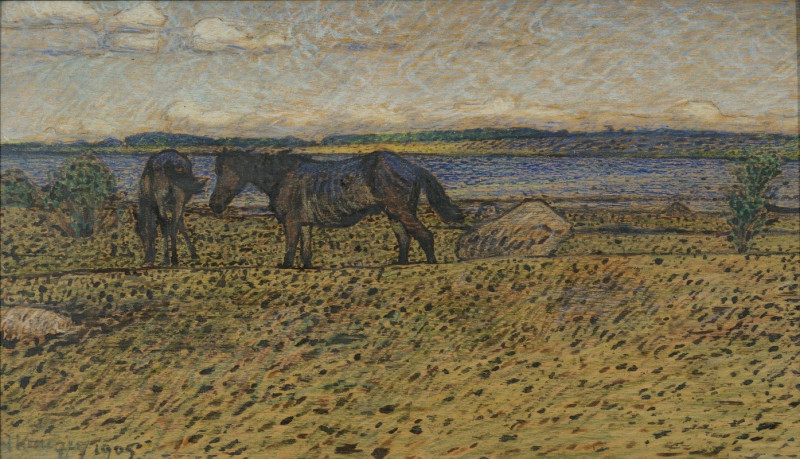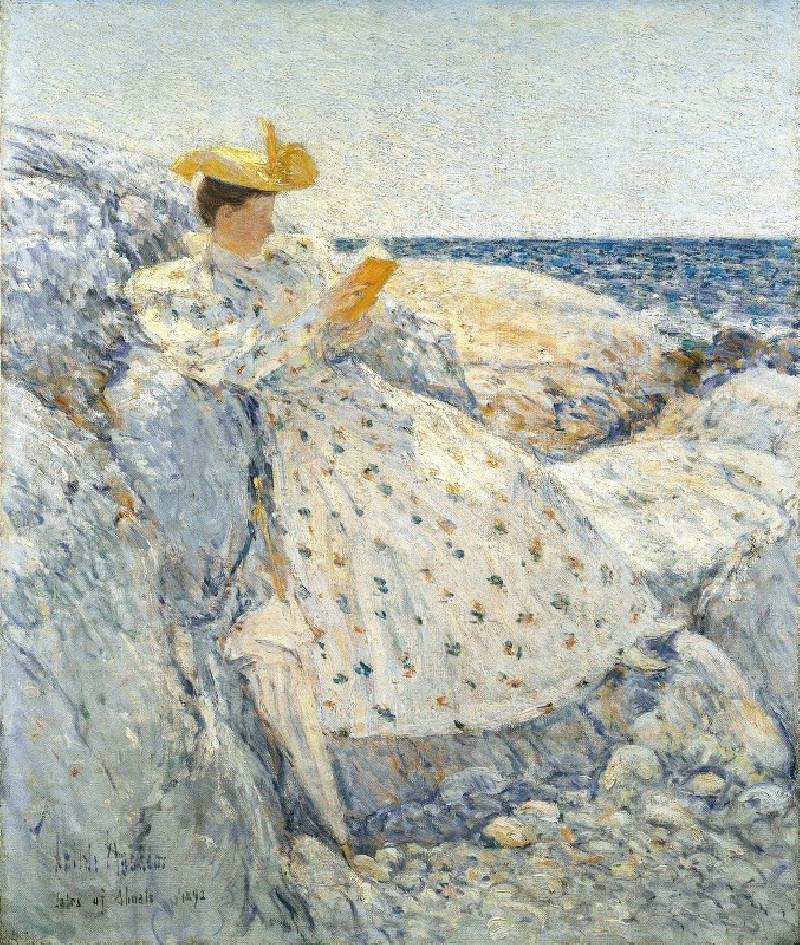Peasant boy (1902)
Technique: Giclée quality print
Recommended by our customers
More about this artwork
Elemír Halász-Hradil's painting "Peasant Boy," crafted in 1902, captures the evocative portrait of a young boy, set against a subdued, earthy background. The painting offers a glimpse into the life and emotions of rural youth at the turn of the 20th century.The boy's countenance is portrayed with a sense of pensiveness and maturity that belies his young age. His gaze is directed upwards, perhaps indicative of his hopes or dreams, lending a subtle yet profound introspection to the composition. The naturalistic rendering of his features, combined with the soft play of light, highlights the youth’s contemplative expression.Halász-Hradil’s choice of a limited color palette emphasizes the simplicity and stark reality of peasant life, yet it also evokes a certain timelessness. The dark hues of the boy's attire and the soft shadows on his face are rendered with sensitivity and attention to detail, which accentuate the emotional depth of the subject."Peasant Boy" not only showcases Halász-Hradil's skilled brushwork and mastery in capturing human expressions but also reflects the socio-cultural ambiance of rural life in the early 1900s.
Delivery
Returns
Elemír Halász-Hradil (1873 m. - 1948 m.) was a Slovak painter of Hungarian origin.
He lived in Vienna from 1892 to 1894.The following year he moved to Košice. He studied at Simon Hollósy's private school in Munich from 1897 to 1901, he then continued his studies at the Académie Julian in Paris with Professor Jean-Paul Laurens from 1902 to 1903.
With a soft palette and hazy paint handling, Halász-Hradil executed a variety of quiet portraits and scenes of everyday life. Along with selling his paintings, Halász-Hradil made a living as a painting teacher.

